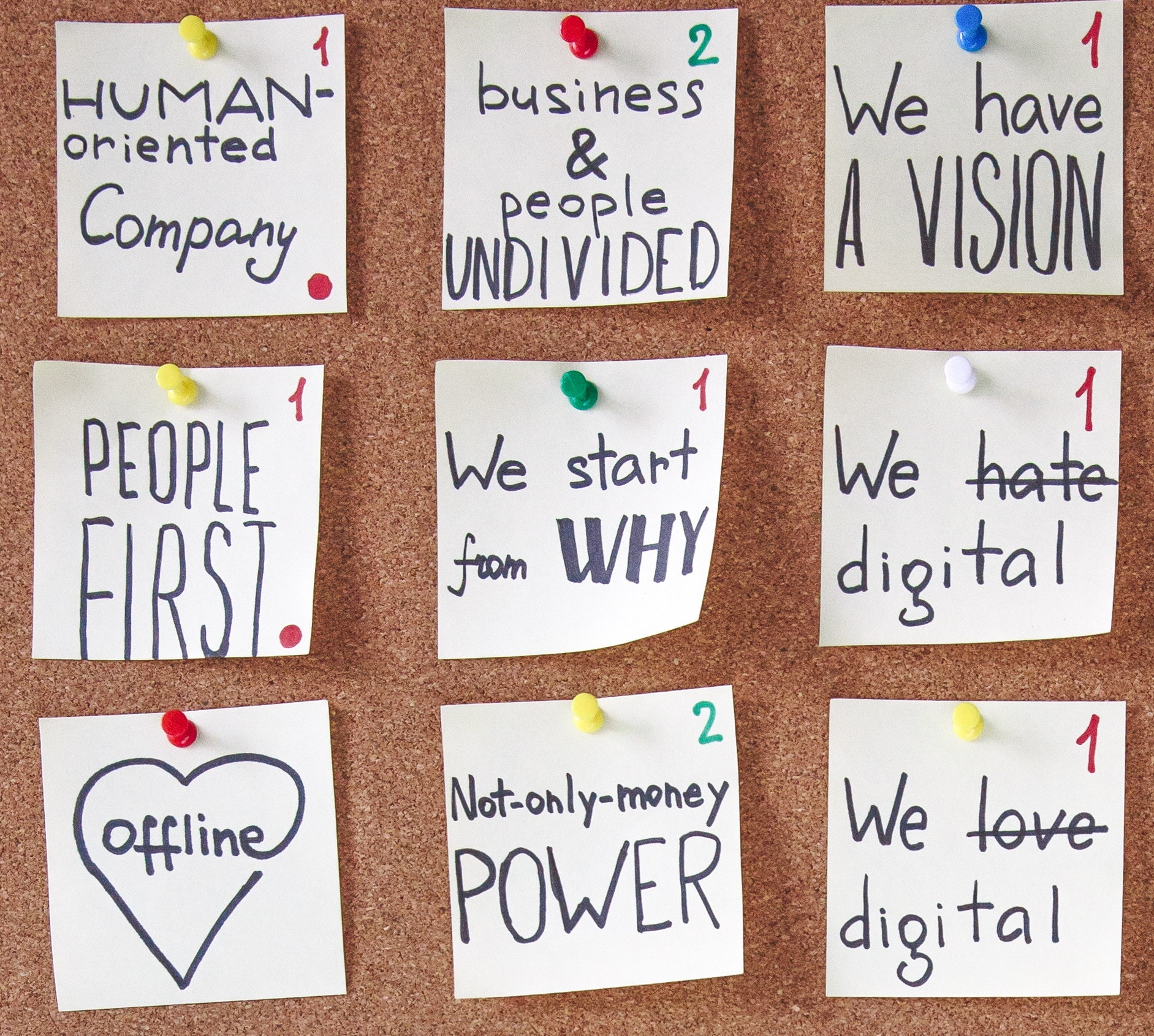Long-term goals give you focus and connect every choice you make with something larger. That connection keeps you motivated and moving forward while eliminating procrastination and stress.
But life tends to get in the way and derail any plans we might’ve made. Yes, you’ve got to deal with those obstacles in the short-term, but to make meaningful progress in life and at work, you’ve got to learn how to focus on the long-term.
Here are 6 ways you can plan, perform, and stay committed to your long-term goals at home and work.
1. Develop a Long-Term Mindset
When obstacles pop up, or “fires” happen at work, we tend to narrow the scope of our thinking and activity to solving that problem only. And that keeps us from pursuing those long-term goals and dreams. We don’t push ourselves to develop new solutions that’ll push the boundaries of business, and we can’t be present in our personal lives.
2. Change the Way You React to Urgent Tasks
Software developers are very familiar with if/then statements. If something happens, then do this. We can apply this same logic to life and help us navigate those busy, stressful times when urgent tasks “must” be done today.
Create simple if/then statements that’ll help you make faster decisions when you’re in the thick of things. Psychological studies have shown that forging a connection between a cue (the if) and your reaction (the then) can help you reach your goals.
3. Break Down Your Long-Term Goals Into Smaller Tasks
Choosing a long-term goal that’s too big or complex to accomplish is one of the main reasons New Year’s resolutions fail so spectacularly. It’s just too big for us to comprehend completely, so we give up.
By breaking down our long-term goals into smaller tasks, we can manage and schedule them individually. People training for marathons don’t start by running the full distance on Day 1. They start with a one mile run, then 2 miles, then 5, and so on.
4. Prioritize Your Tasks Every Day
The natural consequence of breaking down long-term goals is that your daily To-Do list might seem enormous. And the more intimidating it seems, the less likely you are to work through it. Prioritizing tasks every day removes that mental block and keeps you moving forward, even if you’re tired or unmotivated.
To help avoid decision fatigue, look at your To-Do list and decide on the one task that must be done today, then label it “#1.” Next, take two more tasks from the list you’d like to do today, but aren’t critical, label them “#2” and “#3.” Leave the rest of your list till tomorrow. Then, repeat that process every day.
5. Connect Today’s Tasks With Your Long-Term Goals
Once you’ve been at it for a while, you may lose sight of your long-term goals. You’re so focused on the daily grind of working through the smaller tasks that move you towards your goal that you forget what you’re working towards.
It’s important to make that connection between today’s activities and what you’re trying to achieve. Take some time regularly to connect what you’re doing right now with those long-term goals. At work, you could do this once a week to ensure that you and your team (if you’re a manager) remember what you’re trying to achieve. For personal goals, consider creating a vision board to help visualize those long-term goals. Or do something that reminds you of that “why” and do it often.
6. Prepare for Slips and Recoveries
Long-term goals are big, complicated, and hard to achieve. That means you’ll probably mess up at some point, and that’s okay. Those training for marathons will get injured at some point, and your major work project might get derailed by economic downturns and employee attrition.
Try to avoid getting distracted by these slips and, instead, prepare for them. Lay out some guidelines or processes that’ll help you recover efficiently so you can continue to move forward. If an injury keeps you from your training runs for a few weeks, think of ways to keep physically fit in the meantime, such as yoga, strength training, or a stretching regimen. To prepare for a work project that gets sidetracked, think of previous obstacles that have come up and document how you can overcome them.
As James Clear says in his book Atomic Habits, the key to achieving any goal is to use systems. These six tips are a framework you can use to develop your own systems to achieve any long-term goal. You’ll stay motivated even when you’re tired and know that every day brings you closer to your goal, whether at home or the office.


